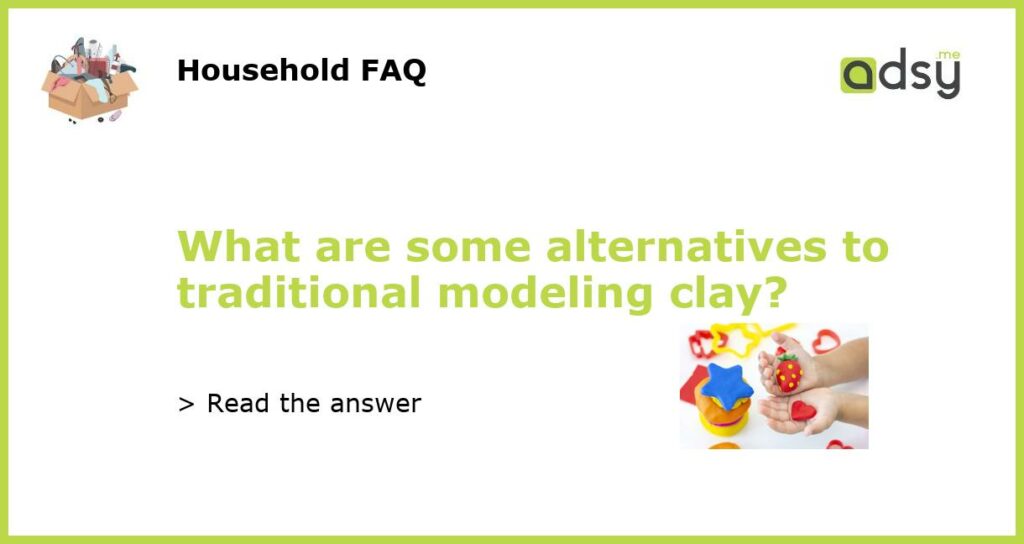Traditional modeling clay is a popular tool for sculptors, artists, and hobbyists. However, it can be messy and difficult to work with, especially for beginners. Fortunately, there are several alternatives to traditional modeling clay that offer their own unique benefits. In this article, we will explore some of the most popular alternatives to traditional modeling clay.
Air-Dry Clays
Air-dry clays are a popular alternative to traditional modeling clay because they don’t require a kiln or oven to harden. Instead, air-dry clays harden when they are exposed to air. They are also less messy than traditional modeling clay, making them a great option for beginners or those working in small spaces. Some popular brands of air-dry clay include Crayola Model Magic and Das Modeling Clay.
Polymer Clay
Polymer clay is a versatile alternative to traditional modeling clay that can be baked to a hard finish in a home oven. It is available in a variety of colors and can be easily mixed to create custom shades. Polymer clay is also durable and waterproof, making it a great choice for creating jewelry or small figurines. Some popular brands of polymer clay include Sculpey III and Fimo Soft.
Paper Clay
Paper clay is a lightweight alternative to traditional modeling clay that is made with shredded paper fibers and a binder such as glue or joint compound. It can be sculpted like traditional clay and dries to a hard, durable finish. Paper clay can also be sanded and painted, making it a great choice for larger sculptural works. Some popular brands of paper clay include Amaco Cold Porcelain Clay and Activa Plus Natural Self-Hardening Clay.
Salt Dough
Salt dough is a simple and inexpensive alternative to traditional modeling clay that can be made using everyday household ingredients. It is made with flour, salt, and water, and can be easily molded into a variety of shapes. Salt dough can be air-dried or baked to a hard finish and can be painted or varnished once dry. While salt dough may not have the durability of other modeling materials, it is a great choice for children’s projects or for creating temporary pieces.
Foam Clay
Foam clay is a lightweight, air-dry modeling material that is made with small polystyrene beads and a binding agent. It can be easily molded into a variety of shapes and is great for creating details or textures. Foam clay is also very light, making it a great choice for creating larger pieces. Some popular brands of foam clay include DAS Modeling Foam and Sculpey Foam Clay.






